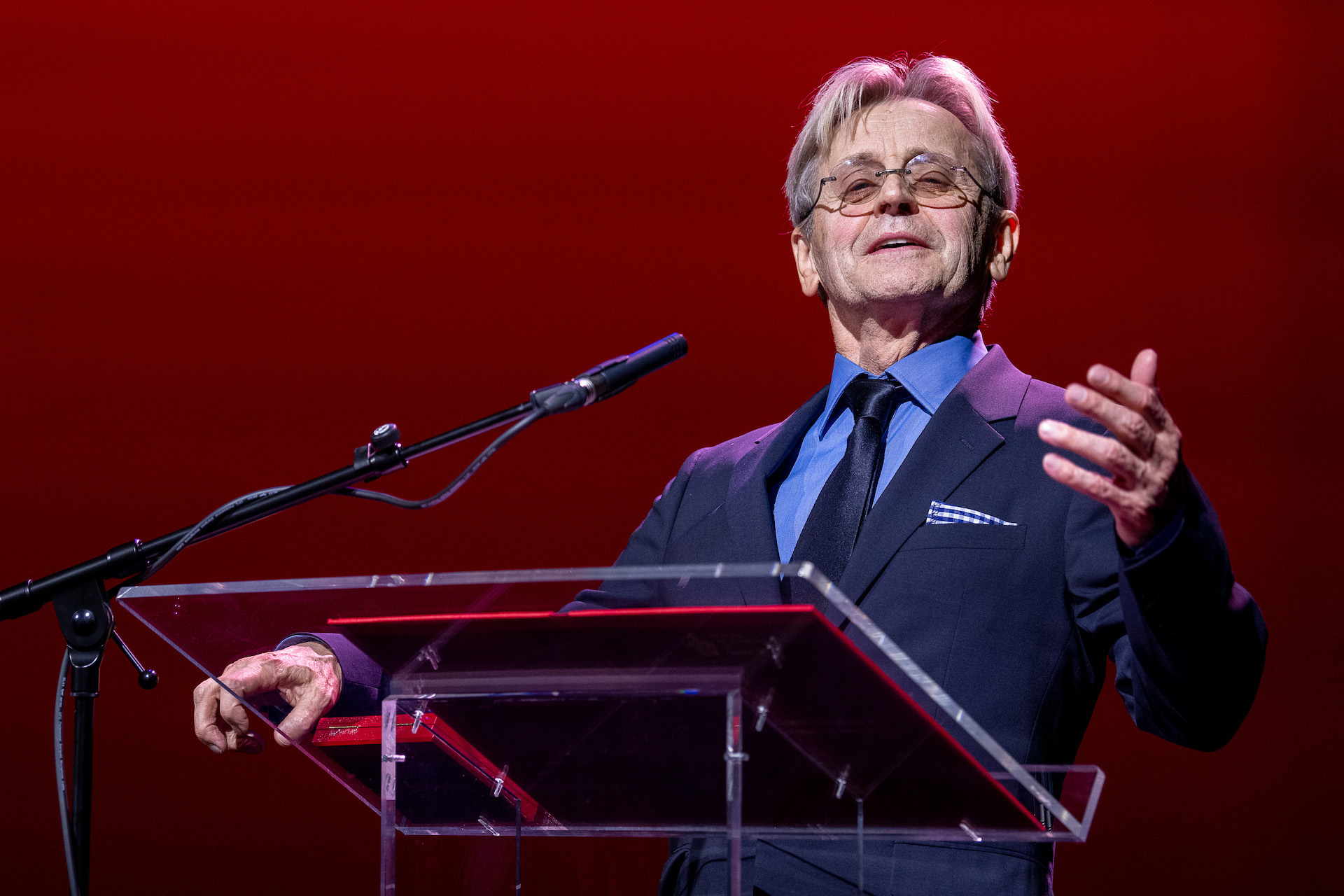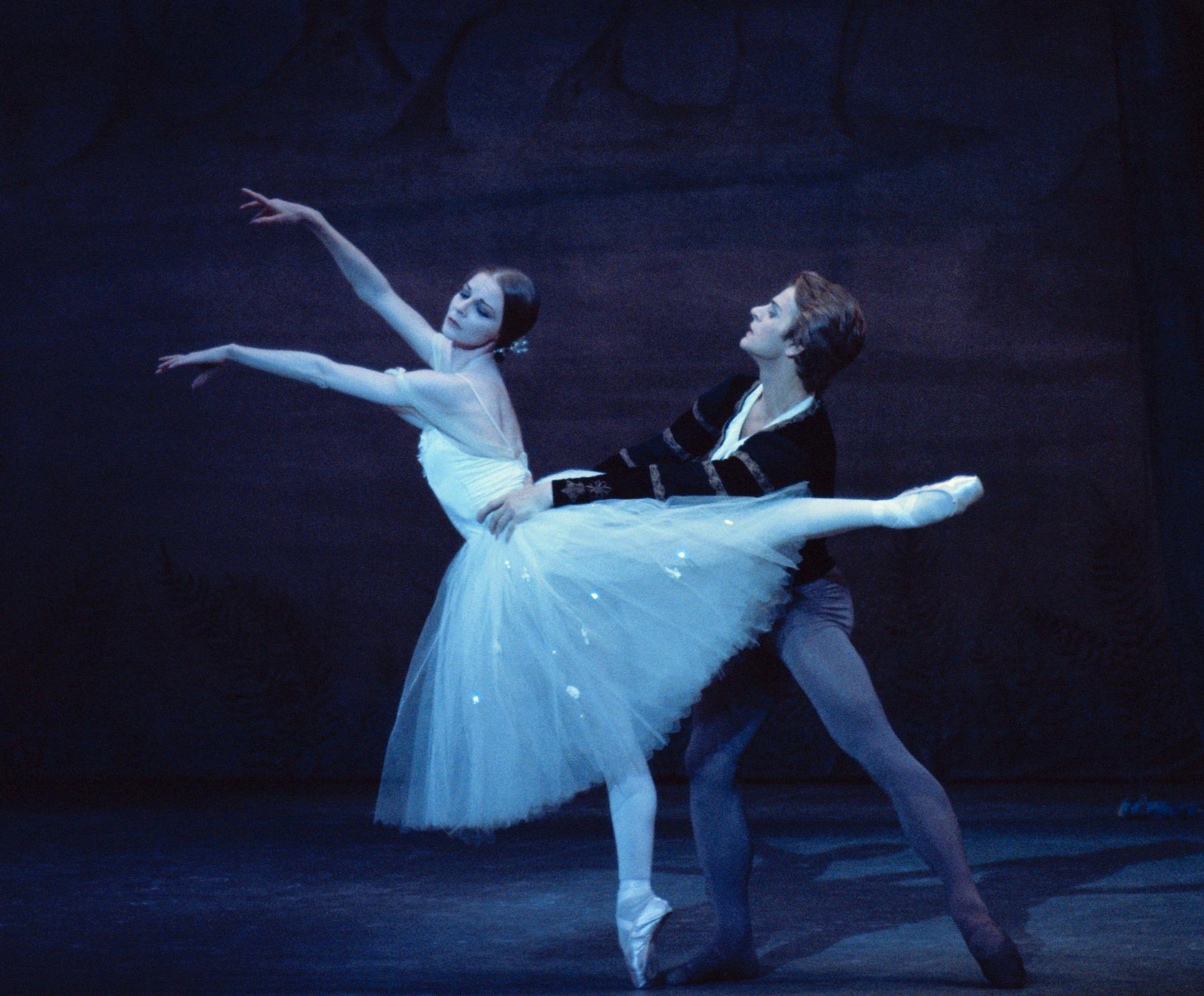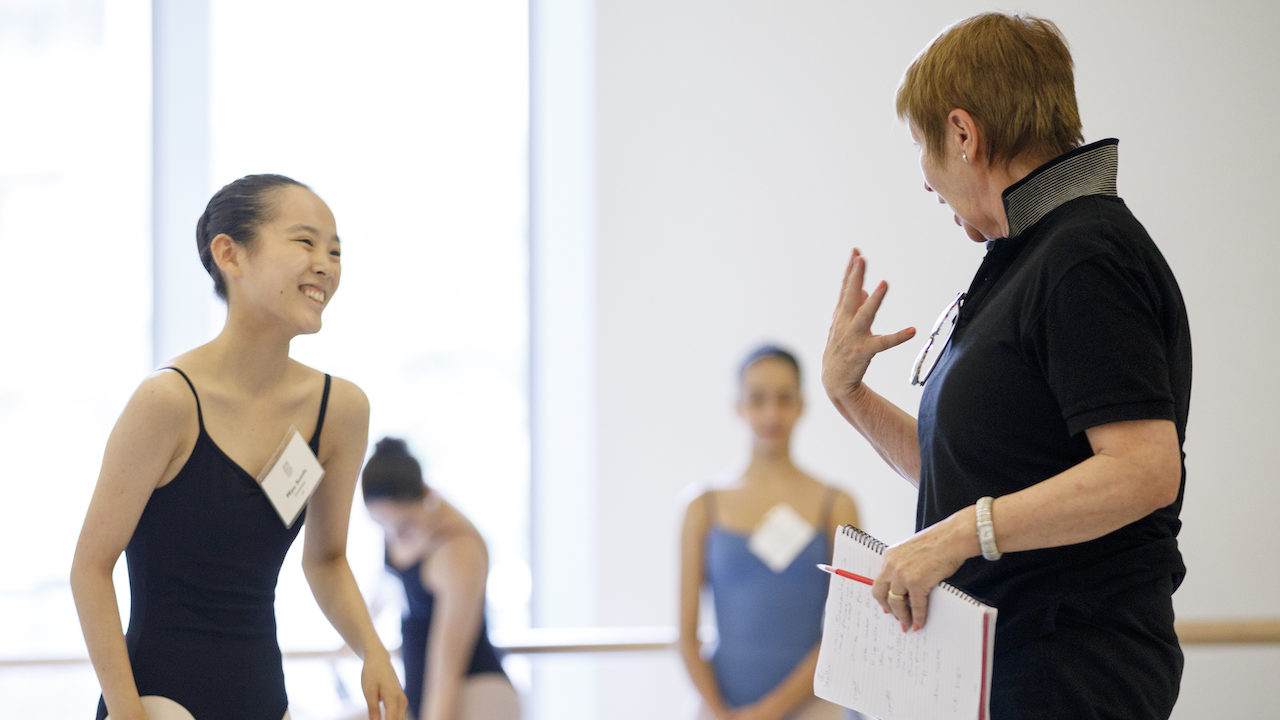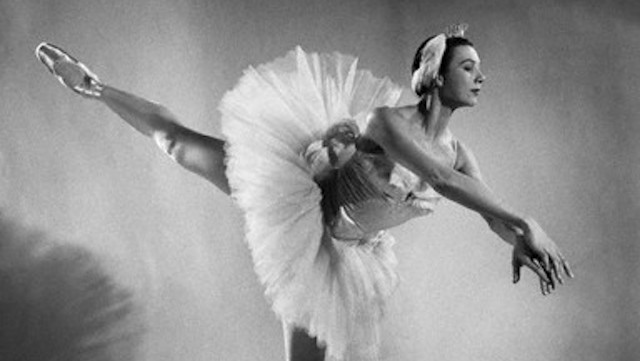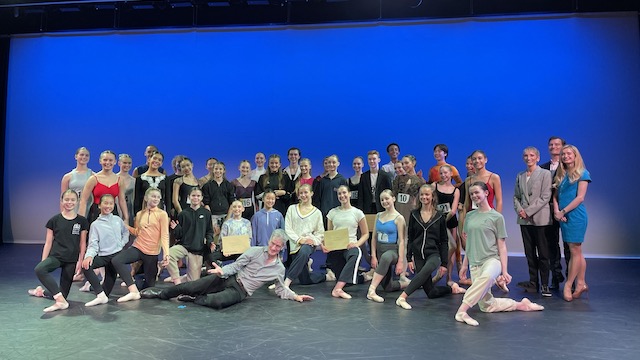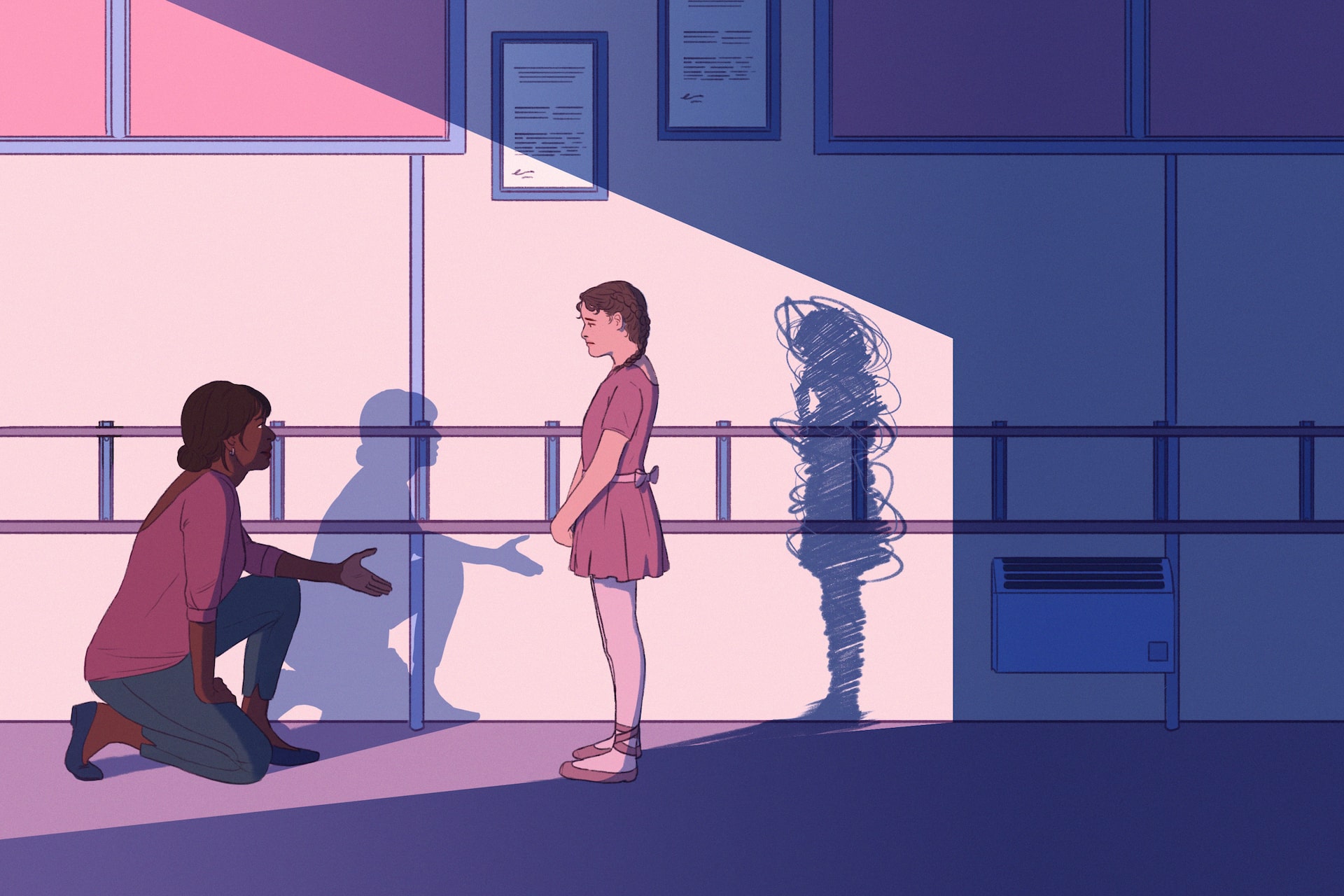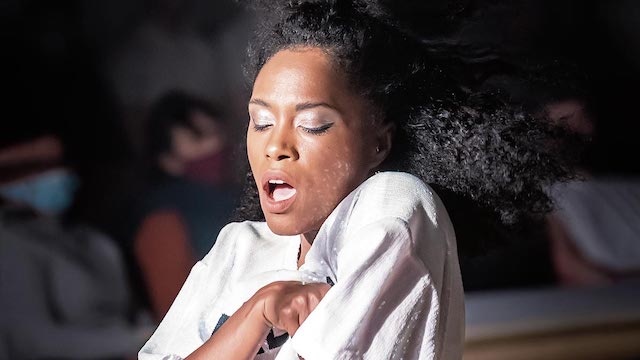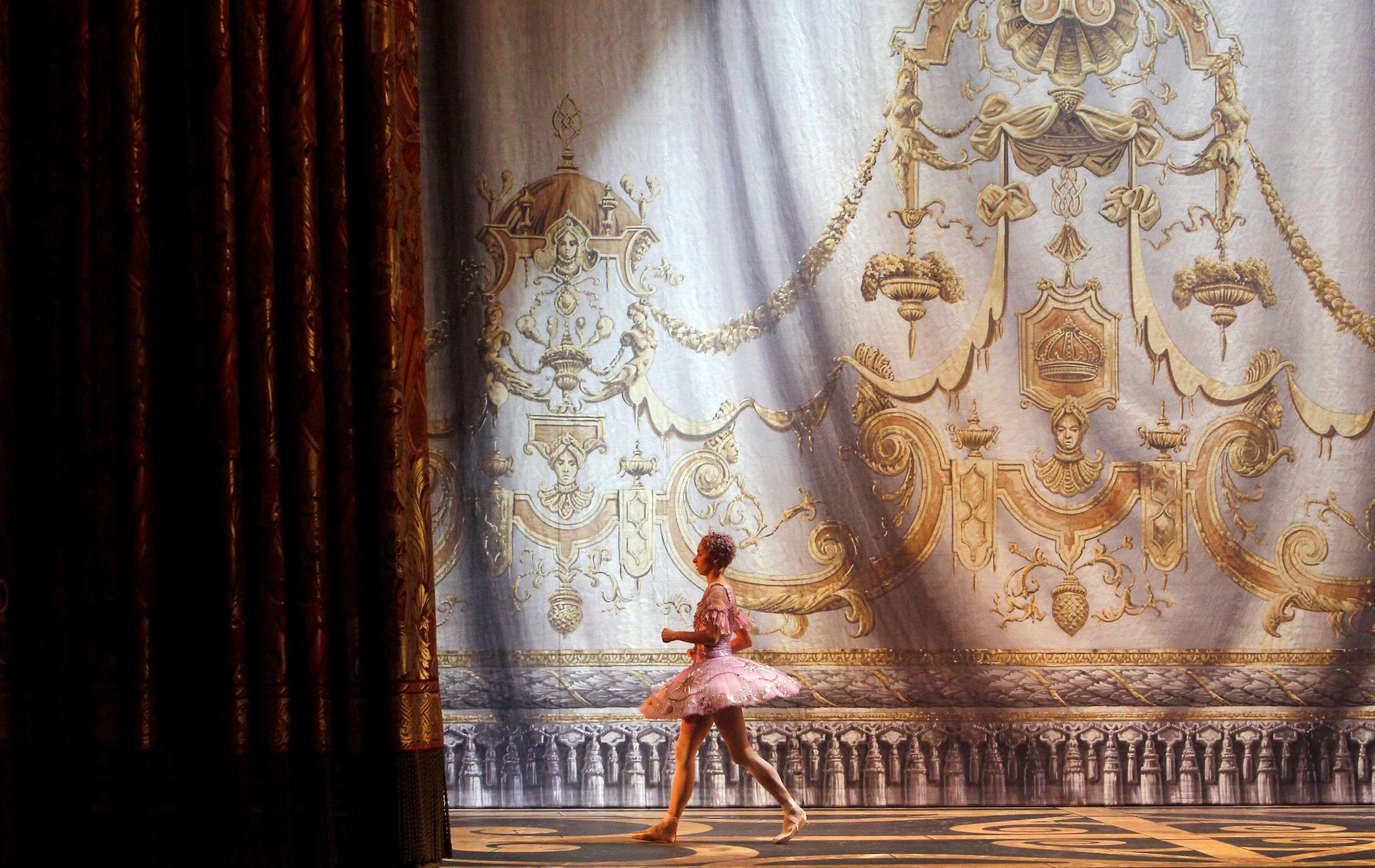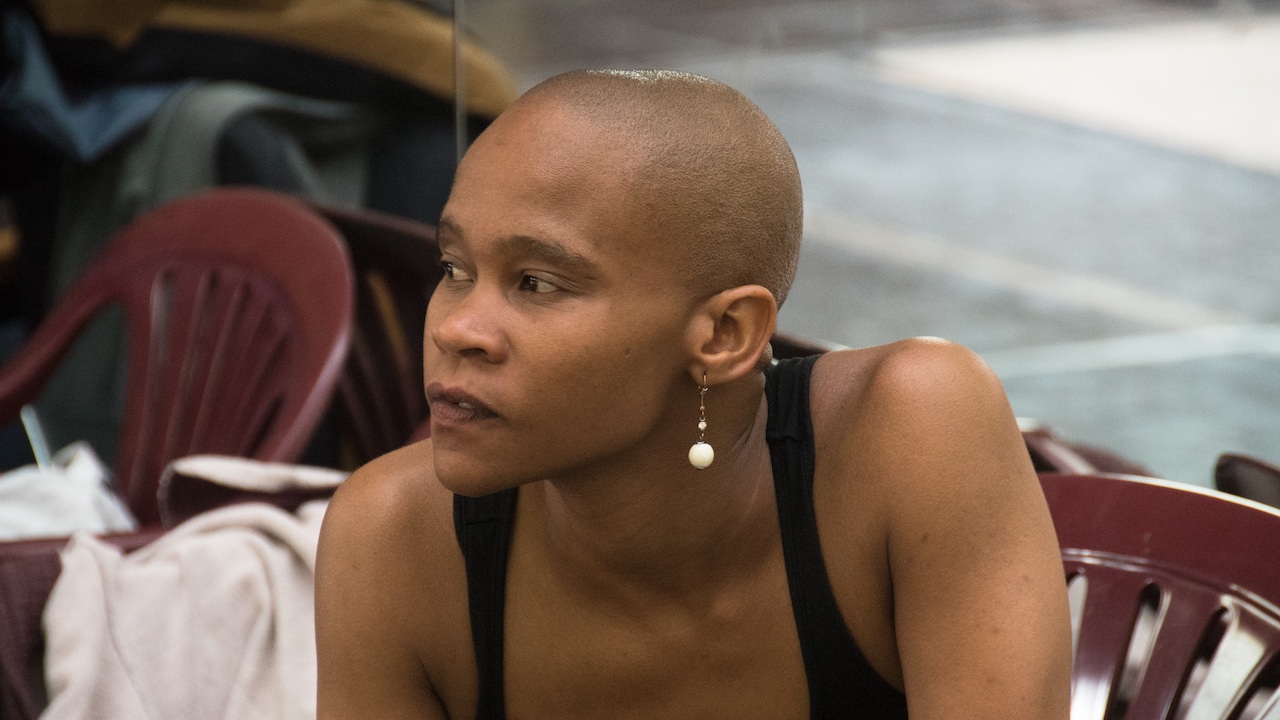Many congratulations on receiving the Queen Elizabeth II Coronation Award. What does it mean to you?
It’s deeply meaningful for two reasons. First of all, the late Queen’s name is attached to the award. I have such high regard for how diligently she served Britain and the Commonwealth through decades of social change, political upheaval, financial challenge, wars… she was the ultimate civil servant and I have tremendous respect for that. Professionally, I was welcomed with open arms by the Royal Ballet when I first came to the west, and the RAD’s important link with the legacy of the Royal Ballet is obvious – so to be honoured by the Royal Academy of Dance is a professional honour of the highest calibre.
‘To be honoured by the RAD is a professional honour of the highest calibre’
Mikhail Baryshnikov
When did you realise that dance was what you wanted to do with your life?
Probably when I was 10 or 11. It was an unknown world, but I was smitten from the first moment. I would wake up in the morning and think, ‘is there a performance tonight?’ It was an incredible source of joy and I’ve chased that all my life.
What made you decide to leave the Soviet Union in 1974?
The main impetus was to enlarge my artistic experience – to work with new choreographers, to experience and learn about the world outside of the Kirov Ballet, outside of Russia. It sounds arrogant now, somehow, but I knew that I would never mature as a man if I stayed.

New work has always been significant in your career. Which of the ballets you premiered are you most proud of – and what excites you about new projects?
This is a story for a different interview because the list is long! And I’m still working so, who knows, maybe the best is yet to come. But every new piece, and certainly new genres give you unique hurdles to navigate. It’s the thrill and challenge of the unknown, grappling with the question: how can I make this work? How can I make it mine in a way that makes sense?
You have done so much beyond ballet – in contemporary dance, theatre, on screen. Which of your recent projects have given you most pleasure?
I think it’s the body of work that makes me most happy and proud. Past experiences go into new experiences and the journey continues. That’s what gives me pleasure.
‘My first spoken words were Russian, but dance has always been my most natural language’
Mikhail Baryshnikov
You have spoken out fiercely in response to the invasion of Ukraine. Does it seem that art and ballet in Russia have become politicised as they were in your youth?
I never imagined that the country where I once lived would again systematically brutalise and oppress, not only its own people, but the people of a neighbouring sovereign country. The effect of this war and aggression on art and ballet in Russia remains to be seen, but what we do know is that there are incredibly brave and honourable artists refusing to be champions of Putin’s war.
Dance has been central to your life – why does dance matter to you?
My first spoken words were Russian, but dance has always been my most natural language. It was how I found my voice – so I feel incredibly lucky.
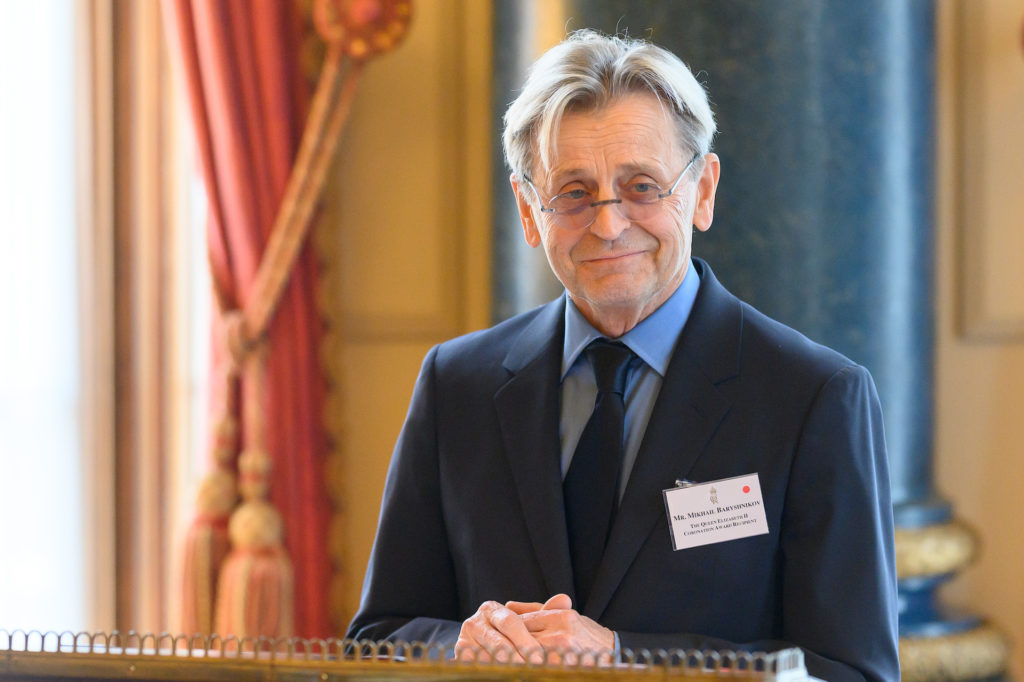
Fearless inspiration: Baryshnikov and the QEII
The Royal Academy of Dance gave Mikhail Baryshnikov the Queen Elizabeth II Coronation Award, its highest accolade, on 16 November, in recognition of his immense contribution to ballet and the wider world of dance. It was presented by Her Majesty The Queen Consort, longstanding supporter of RAD, at a special ceremony at Buckingham Palace. The award was instituted in 1953 to celebrate the coronation of Queen Elizabeth II. In receiving it, Baryshnikov joins a list of some of the most eminent names in dance, including Rudolf Nureyev, Frederick Ashton, Kenneth MacMillan, Karen Kain and Carlos Acosta.
‘I am deeply humbled to accept the award,’ Baryshnikov said. ‘It is a true honour to be added to such an impressive roster of recipients, many of whom I am proud to have worked with and call friends. From very early years dance has been my mentor, my teacher and my best friend. It has brought great joy, it has never felt like a burden, it has never disappointed. It has been an unspoken conversation with the world and I feel lucky to have found it.’
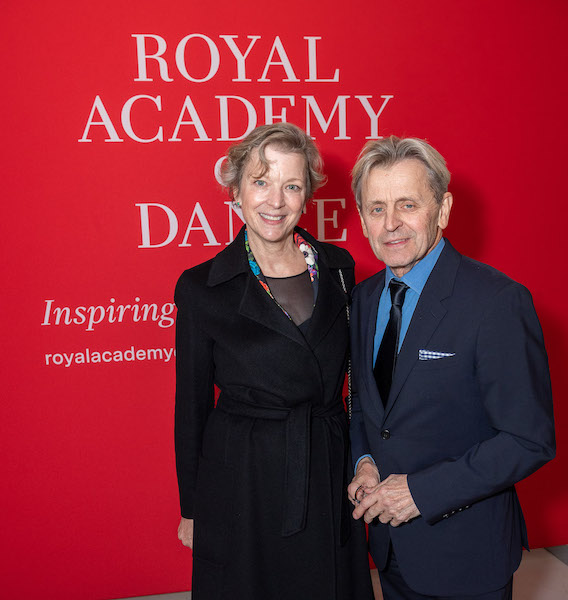
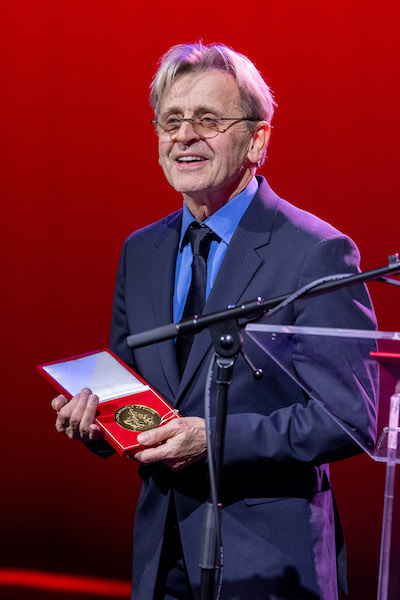
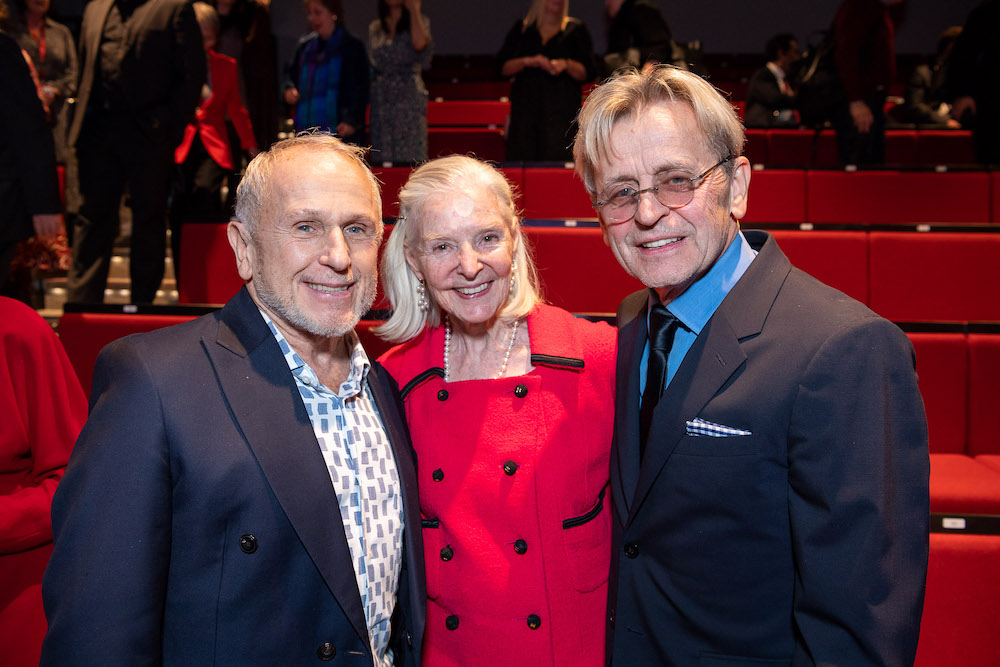
Born 1948 in Riga, Latvia, Baryshnikov began his spectacular career with the Kirov Ballet in Leningrad. He came to the west in 1974, dancing with American Ballet Theatre (ABT) and then New York City Ballet. In 1979 he became artistic director of ABT and in 1990 co-founded the White Oak Dance Project with choreographer Mark Morris. In 2005 he launched Baryshnikov Arts Center in New York City, a creative space for multidisciplinary artists from around the globe. As an actor he performs widely in theatre, television and film, receiving an Academy Award nomination for The Turning Point, and most recently worked on a new adaptation of Chekhov’s The Cherry Orchard.
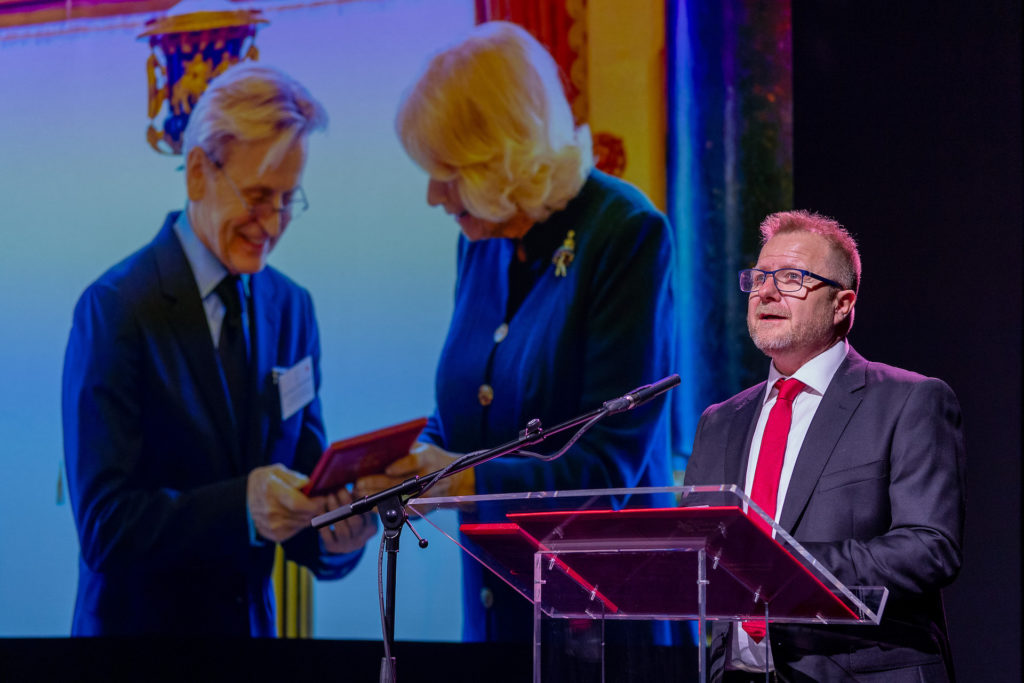
Dame Darcey Bussell, President of the RAD, said, ‘Mikhail Baryshnikov has been an inspiration to so many aspiring dancers across the world. Fearless in his pursuit of artistic expression, he has transferred his many talents into other genres.’ Tim Arthur, Chief Executive of the RAD, added, ‘the Academy’s mission is to inspire the world to dance and I think there are few people who have achieved this in a way that he has, through his incredible career as a dancer and now artistic director.’

